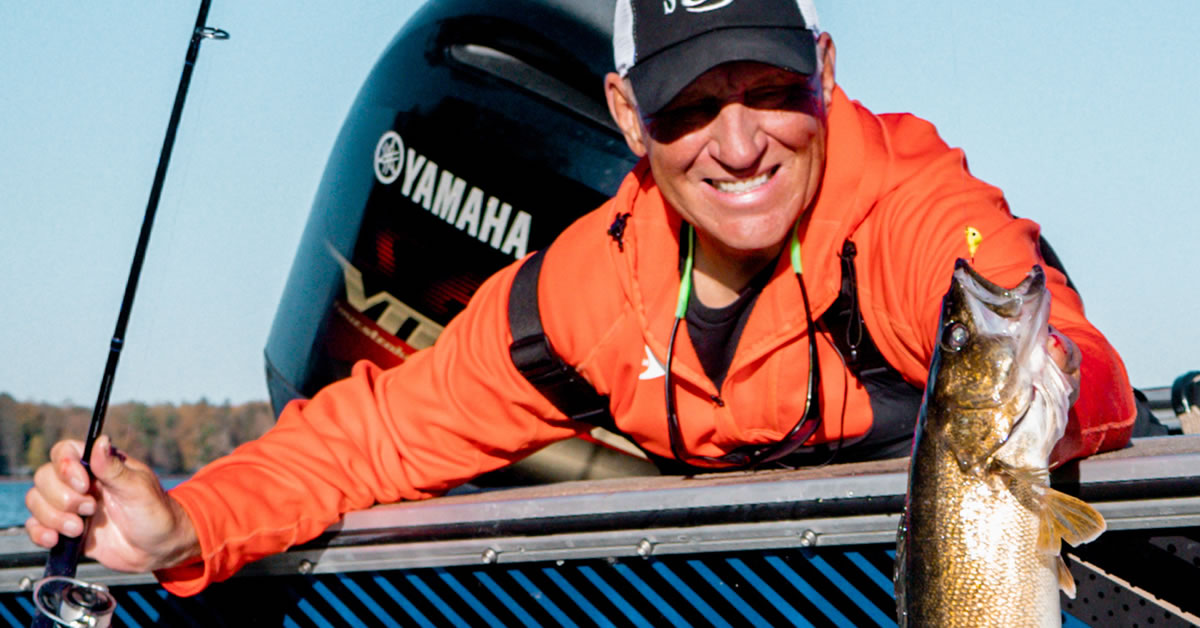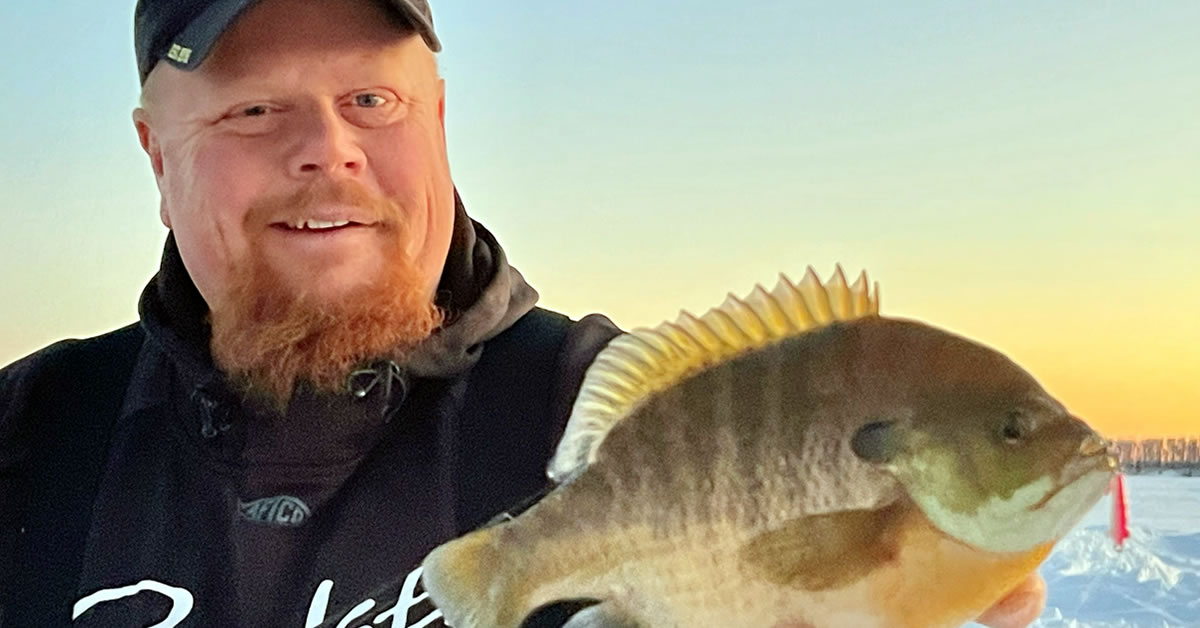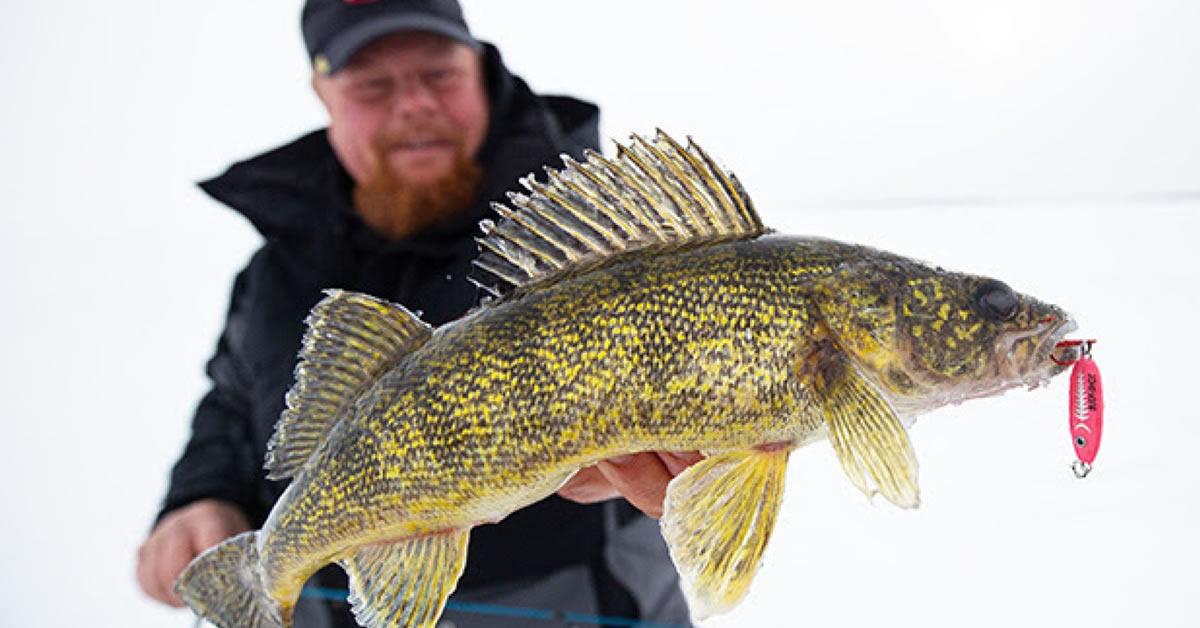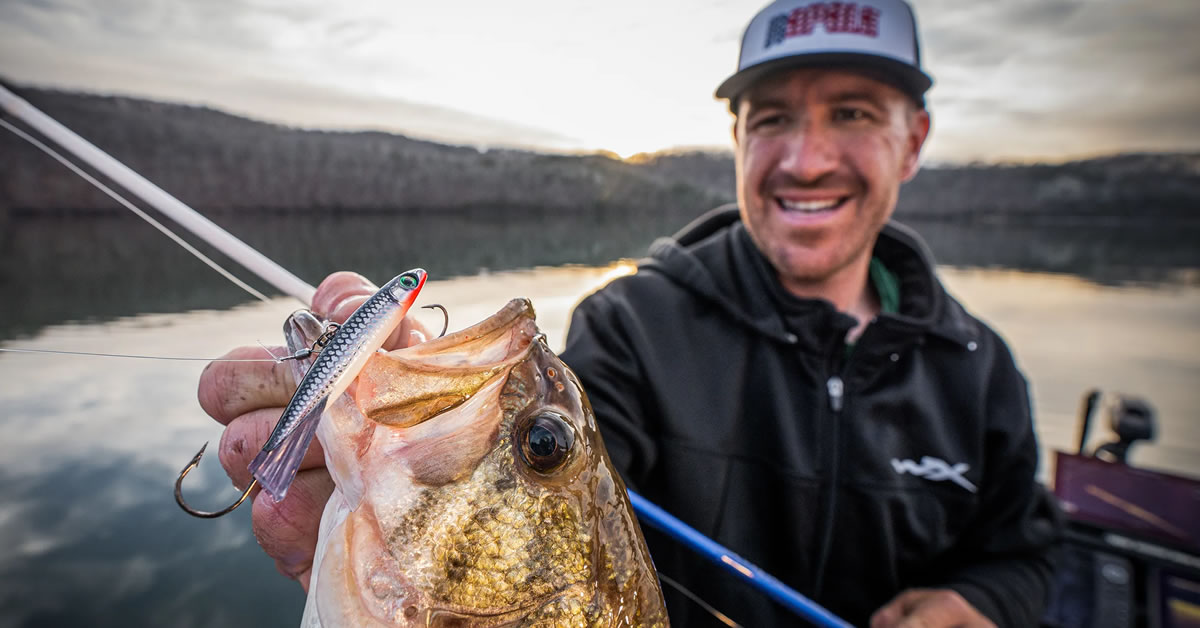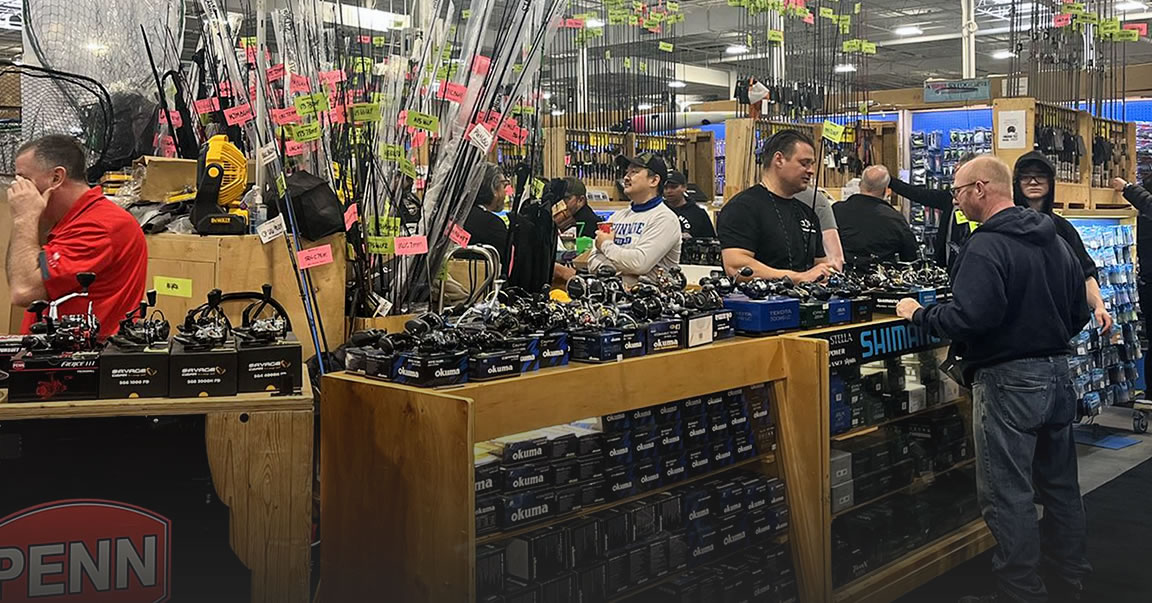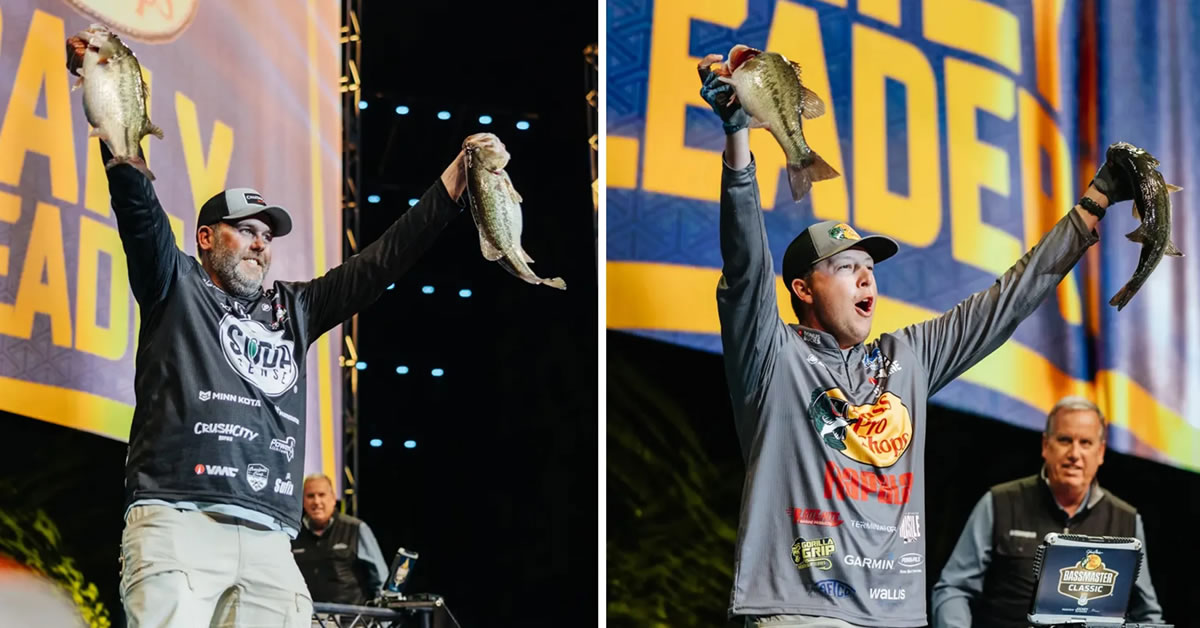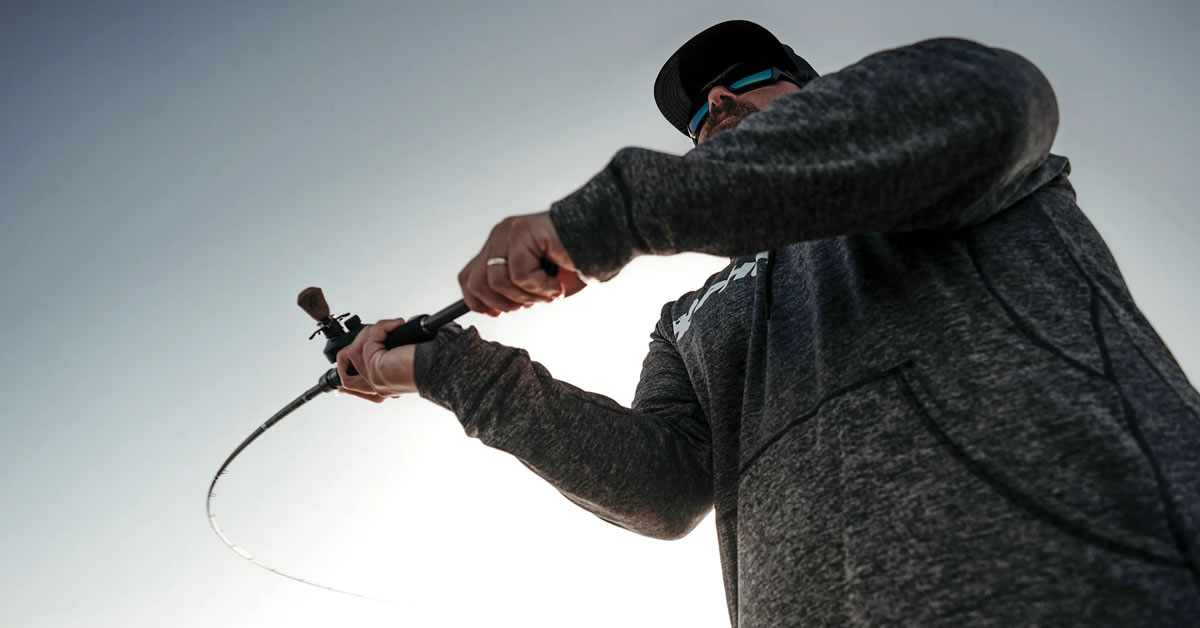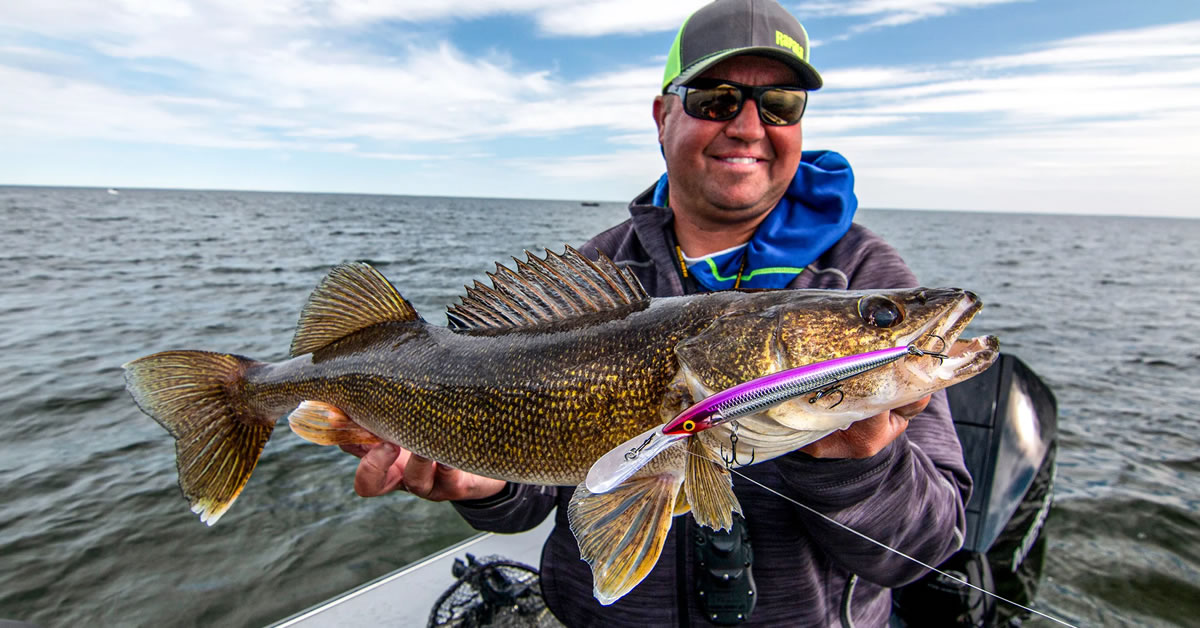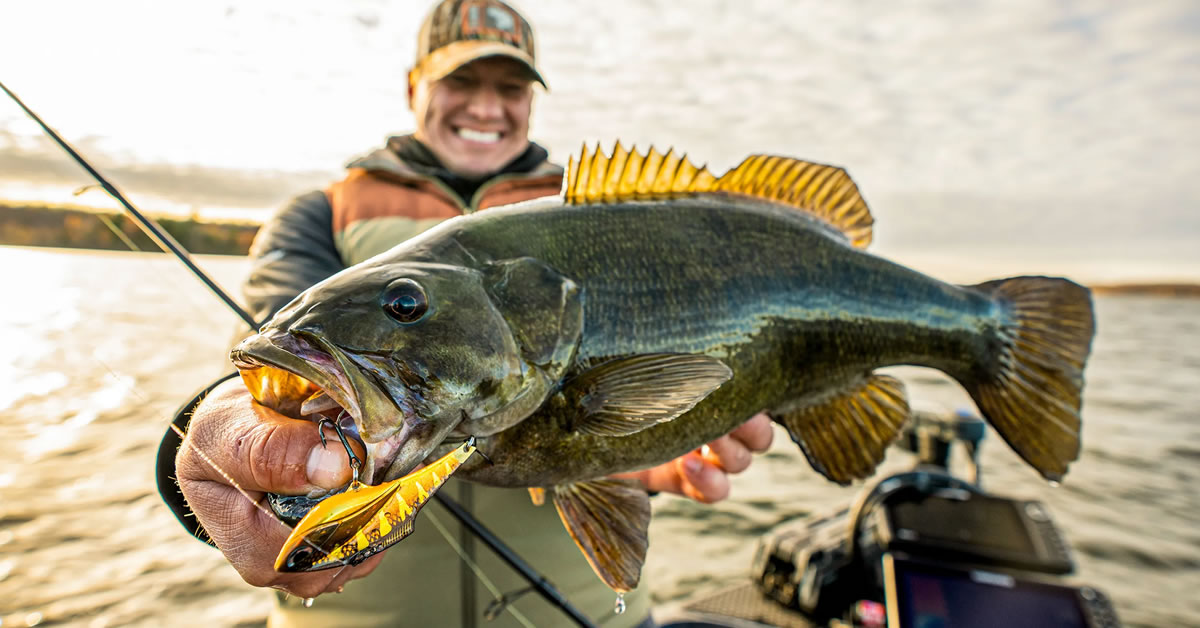The Transformation of Coon Creek (Feature)
by Judy NugentSouthwestern Wisconsin is synonymous with great trout fishing. Here beautiful hills surround cold spring fed creeks that are rich in invertebrates and teaming with trout. But it wasn't always this way. In 1977 the DNR initiated its Trout Stamp program and started an impressive 27 year run of improving trout streams state wide. The LaCrosse DNR office has the most aggressive habitat restoration program in the state according to Dave Vetrano. Nearly 23% of all trout stamp money is directed to the La Crosse DNR office for habitat work and hundreds of miles of stream have been improved. But it isn't only the efforts of the DNR. Many players are involved from the Soil and Water Department to local volunteers. Case in point is Coon Creek. In studying the revitalization of this stream it became evident how the farmer, fisherman, and government can work together to restore a stream. Where it was once a liability, Coon Creek is now an asset to the community and the environment.
Back in the early 1900's Vernon County's farmers were loosing thousands of acres of soil to erosion. The land was being cleared, the creeks channelized, soil was being lost, and the water was no longer suitable for trout. In 1933 the nation embarked on its first stream rehabilitation project on Coon Creek in Coon Valley Wisconsin. Only twenty minutes east of LaCrosse on Highway 14, the Soil Conservation Service and the University of Wisconsin partnered with local farmers to implement better land management practices. It was here that erosion specialists pushed for contour stripping and crop rotation to save the local farm economy and the environment.
In recent decades soil conservationists and biologists began to work with stream engineers to enhance trout habitat. Jeff Hastings of the Vernon County Soil and Water Conservation Department says, "in the last ten years we average about $250,000 to $350,000 each year on trout habitat and stream bank stabilization. For this amount we can usually do about 7 to 9 miles of stream improvement, and are typically working on 8 to 12 different streams a year. This year we have over $450,000 lined up for improvements because of certain grants. Over the years our office has installed more than 2300 lunkers and worked with over 200 property owners."
The entire main stem of Coon Creek is now designated trout water with almost all of its tributaries holding trout. Downstream from County Highway K in Vernon County is class three trout water and has the potential to hold large brown trout. Often fishermen focus on the upper stretches of stream where the water is narrow and small trout are plentiful. But for the trophy fishermen, the lower stretches are the place to focus. Here, large brown trout feed on minnows, chubs, and small suckers. They grow big and fat in the wide river and are often unmolested. Another reason for the above average trout is the lack of abundant public access. Look for the tell tale DNR signs or ask landowners for permission. The current trespass law allows you to fish only if you have used a legal entry point and even then you need to "keep one foot wet."
Upstream from County Highway K there are 13 miles of class two water. Here there is a daily bag limit of 3 trout, browns and rainbows need to be 12 inches or longer, and brook trout 8 inches. Local tributaries are Hasley Creek (which recently had minor stream improvements) along Hwy. KK and Dodson Hollow down the road of the same name. Follow Highway 162 along the main stem to find the bridges that cross the stream.
In the town of Coon Creek is a specially designed accessible fishing area that is sure to be copied by other state and organizations. Using donated land, the DNR and other organizations saw an opportunity to design a unique facility because of the quality fishing, the terrain, and the location of the town. They created 850 feet of paved trails that go on both sides of the stream providing access to ten fishing pullouts. In addition, an accessible bridge connects the two sides and makes a loop. This area is regularly stocked and provides the kind of trout fishing Wisconsin is famous for.
In the upper stretches the stream forks into many tributaries, all of which are now class one streams. There are over 20 miles of stream that have been improved, and word has gotten out. Timber Coulee and Bohemian Valley are names found in most trout fishing books on Wisconsin and are names bantered about at Trout Unlimited meetings all over the nation. Before the national attention, it was the local TU chapters like Blackhawk TU, the Coulee chapter, and the Harry and Laura Nohr chapter that were making and continue to make significant contributions in labor and money.
Other tributaries include Spring Coulee, upper Coon Creek, and Rullands although less work has been done on these stretches. This water is clear and narrow, with several miles designated artificial lures only. People come to these stretches for the sport, not the meat. As a result, there are a good number of native brook and brown trout with most ranging between 10 and 16 inches.
The success of these streams and the national attention they have garnered should be a testament to what can be achieved in other counties across the state. These streams are able to handle the pressure, for the most part, because the DNR has increased the numbers of trout per mile. And the good news is that they haven't stopped with one stream. According to the DNR there are 267 miles of designated trout water in Richland County, 110 of which are class I. In the Willow Creek system there are 59 miles alone. Monroe County is in a similar situation with 260 miles of trout water. And the list goes on: Crawford - 141 miles, La Crosse - 108 miles, etc. You can literally go anywhere in this part of the state and find trout water. Consult the 2003-2004 Wisconsin Trout Fishing guide for specific streams and regulations.




